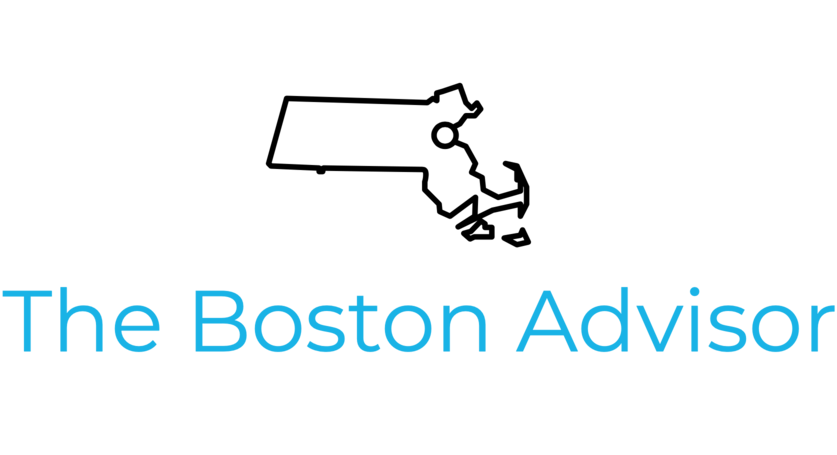An Investing Legend’s Latest Insight
Howard Marks, co-founder and co-chairman of Oaktree Capital Management, a large distressed capital investing firm, is out with his latest memo, Time for Thinking. Regular readers know how much I respect his works, which I have shared before in my Wednesday Reading Lists. This piece deserves more attention. Marks has been thinking about a few things worth sharing:
The Health Crisis
Shape of Economic Recovery
Investment Outlook
Why the Reported GDP Decline is Wrong and Meaningless
Health Crisis
The global economy was shut down to social distance and avoid the large loss of life that could follow if we didn’t.
The Fed and Treasury provided life support.
Government officials tried to provide a cure through testing, tracing, quarantine, and social distancing guidelines.
With the numbers improving, it was time to cure the economy with May reopenings. Retail sales and unemployment figures improved.
But not so fast. “In some instances the reopening took place before the number of new cases had declined enough for the spread of Covid-19 to be brought under control, and people in areas that had been spared in the early days acted cavalierly, allowing the disease to regain a foothold in their regions.”
Our cure was less effective than other countries, plagued by unevenness and partisanship, leading to Marks’s major worry: with current case numbers exceeding those of March and April, will we have forced the economy into a coma for the sake of controlling the disease only to reopen too quickly and have it be for naught?
Shape of Economic Recovery
We’ve all heard the various letters and shapes used to predict this recovery. Marks shares his – a checkmark ✔. Instead of a quick recovery that matches the speed of the decline – a V – Marks thinks we will have a recovery that takes eight to fourteen months after a four month decline.
Investment Outlook
Most people read investment articles to glean a sense of where we go from here. While Marks isn’t sure, which is always the right answer, he’s focused on one theme. With interest rates low, riskier assets look more attractive. The 8th page of his memo presents his bull case and is worth a read. One aspect is that people are willing to pay more for bonds and stocks given low rates. Thus, if the market is being juiced by easy money, is the market dependent on that continuing? It’s a question eleven years in the making since people have wondered about it since the last recovery started in 2009. Marks’s main concern is that if we are dependent on easy money, we are also dependent on the market viewing U.S. monetary policy as continually credible. If not, we could be in for some pain. It feels strange to at least partly contradict Marks, but there can be another path forward. Monetary policy can help until the virus is contained and a sustainable economic recovery begins, at which point monetary policy could become less accommodative. It may lead to volatility as the markets are weened off, but it is not as binary.
Why the Reported GDP Decline is Wrong and Meaningless
His last point floored me. You may have heard that the economy shrank by 1/3 in the second quarter and assumed like Marks did that “Q2 GPD was down $1.8 trillion, or 32.9%, from Q2 of last year.” But as Marks points out that was not the case since “the actual decline was only $.045T…or 9.5%.”
I had to read through the explanation a few times to make sure I understood it since the way GDP declines are tracked and reported is bizarre:
“The 32.9% reported decline in Q2 is the difference between 1Q2020 GDP and projected 1Q2021 GDP assuming quarterly GDP continues to fall at the 2Q2020 rate. But nobody expects that to happen, Which means the 32.9% is a highly misleading, exaggerated figure. Nothing went down by one-third, and nothing is likely to do so.”
